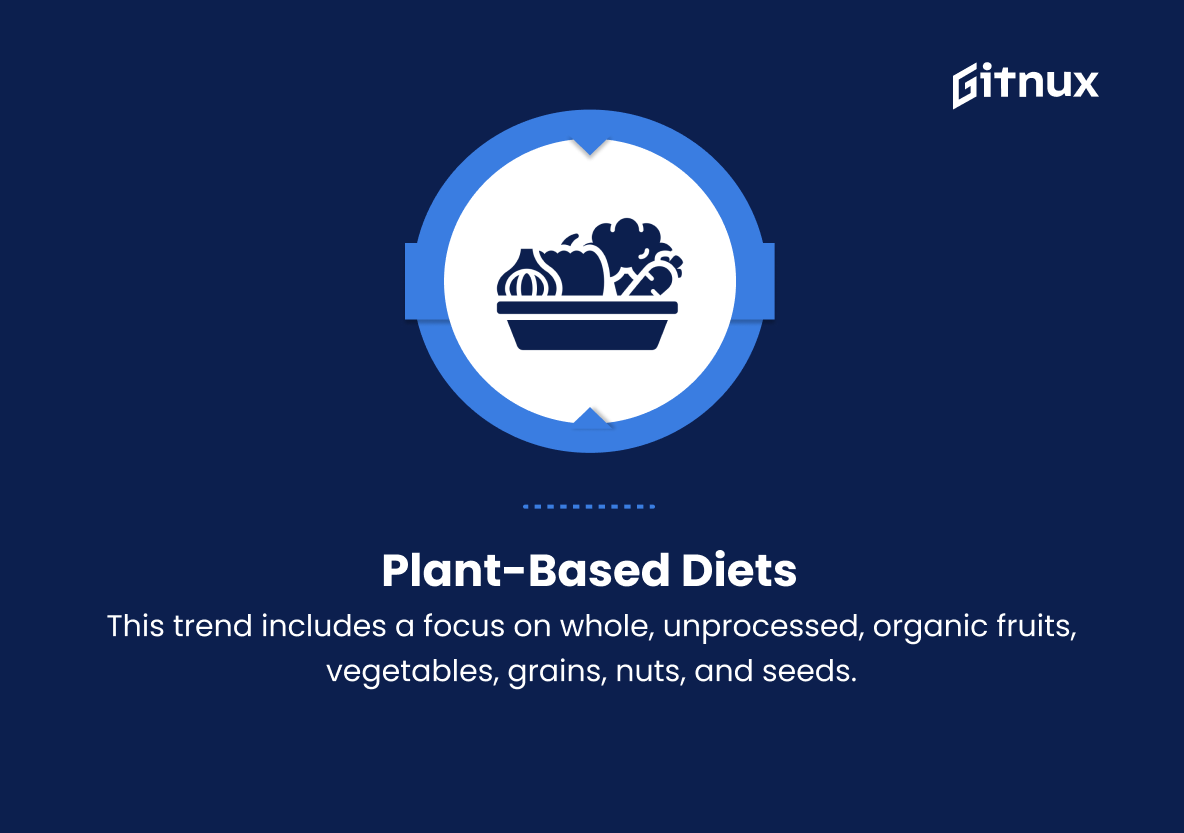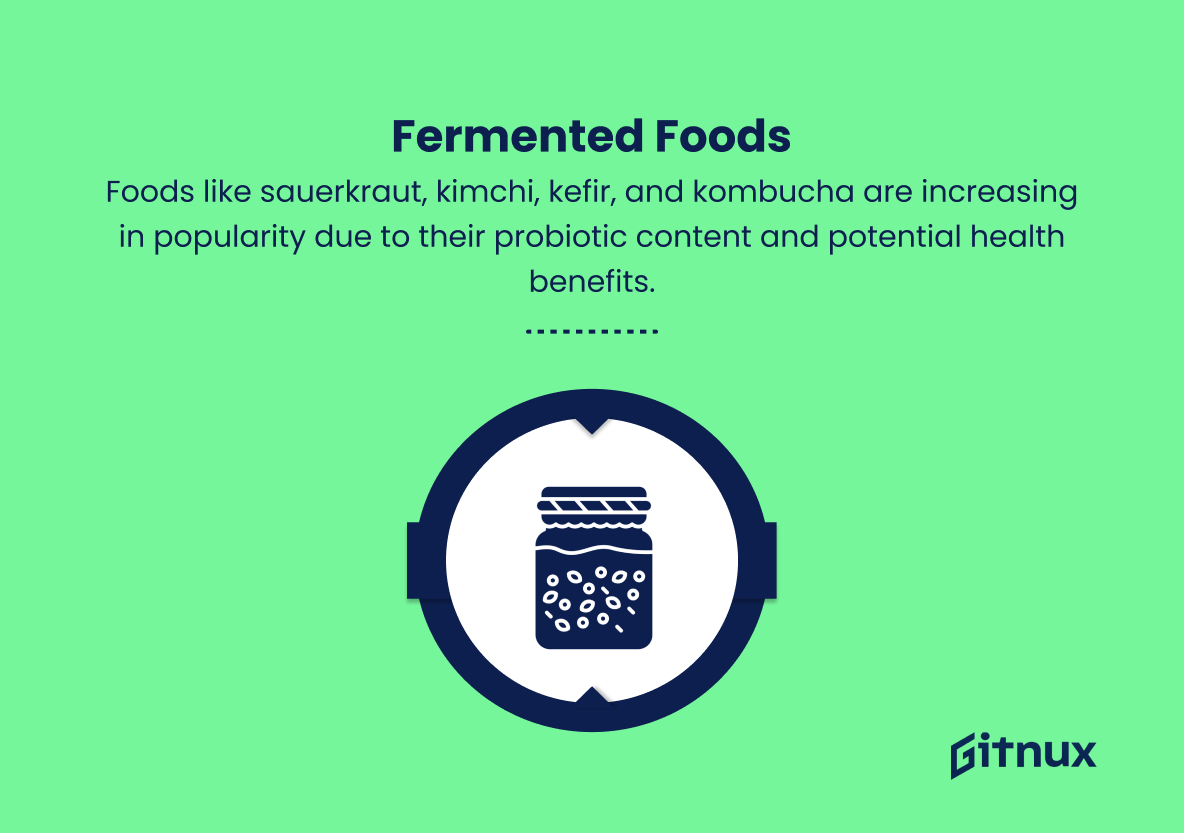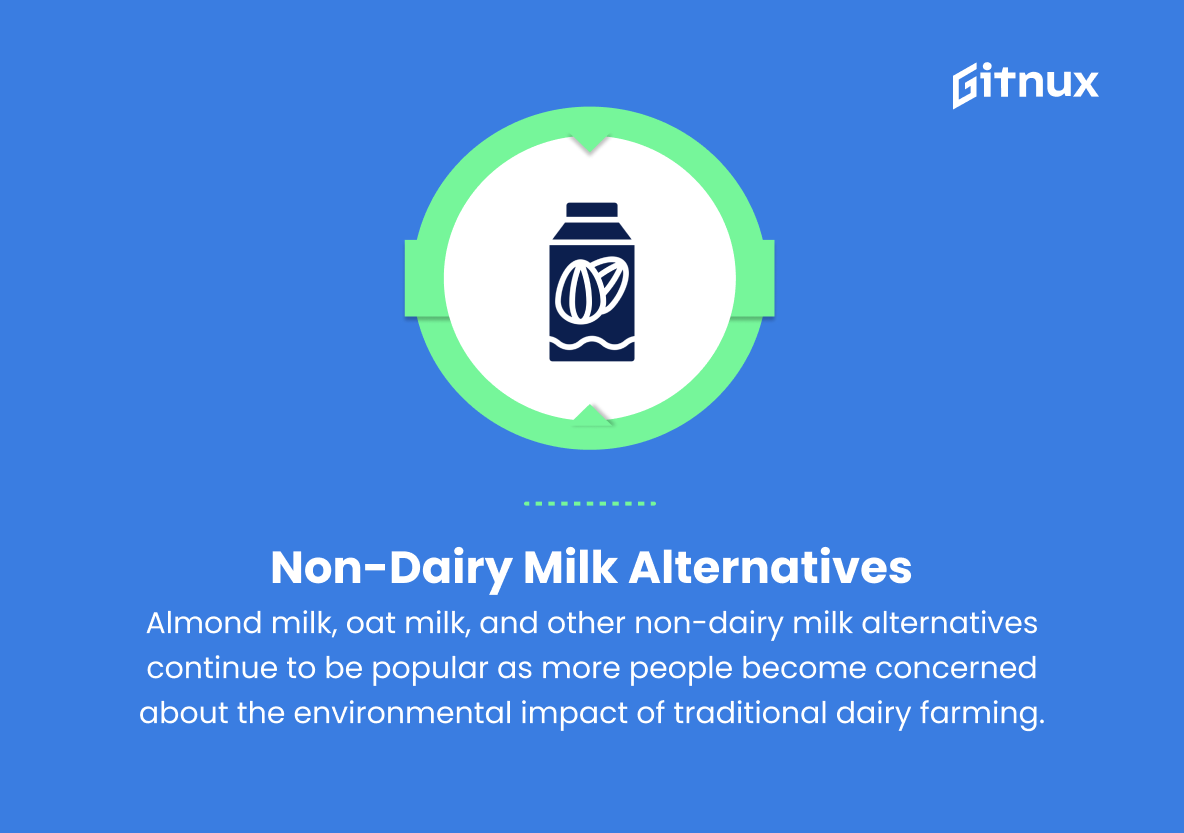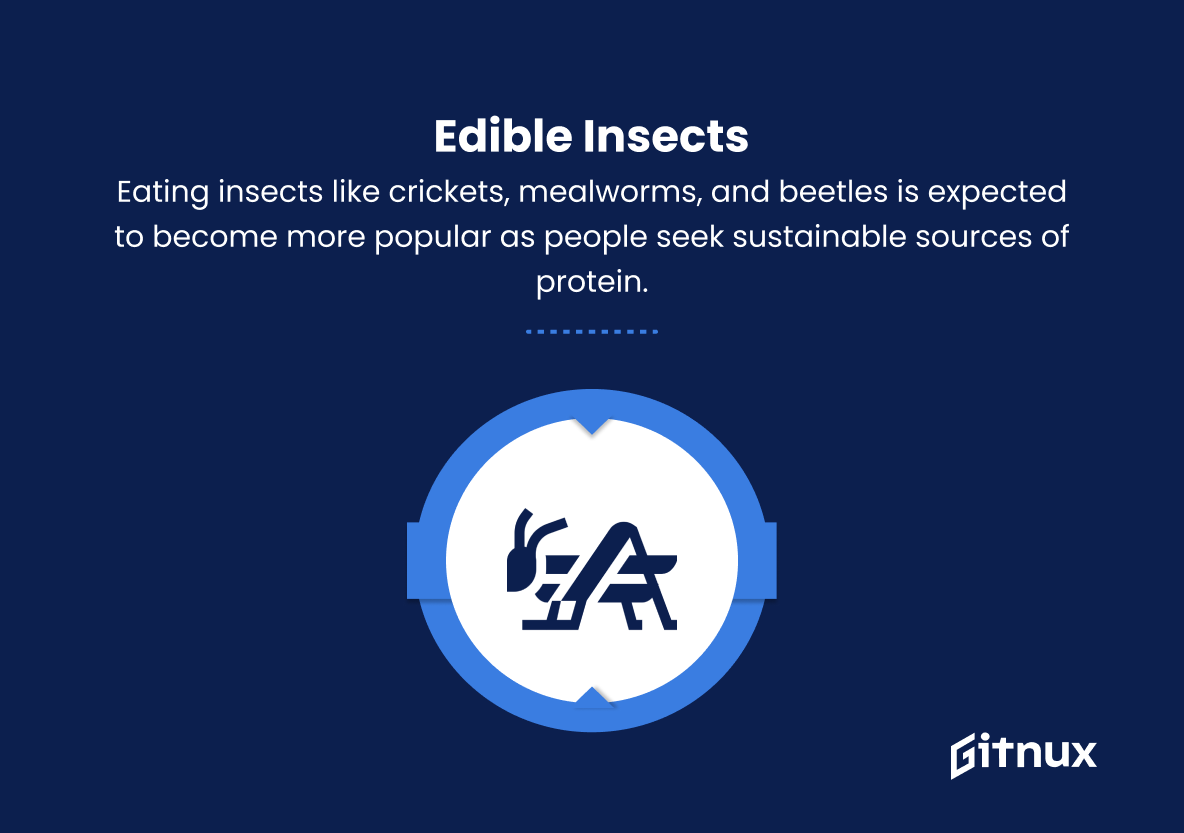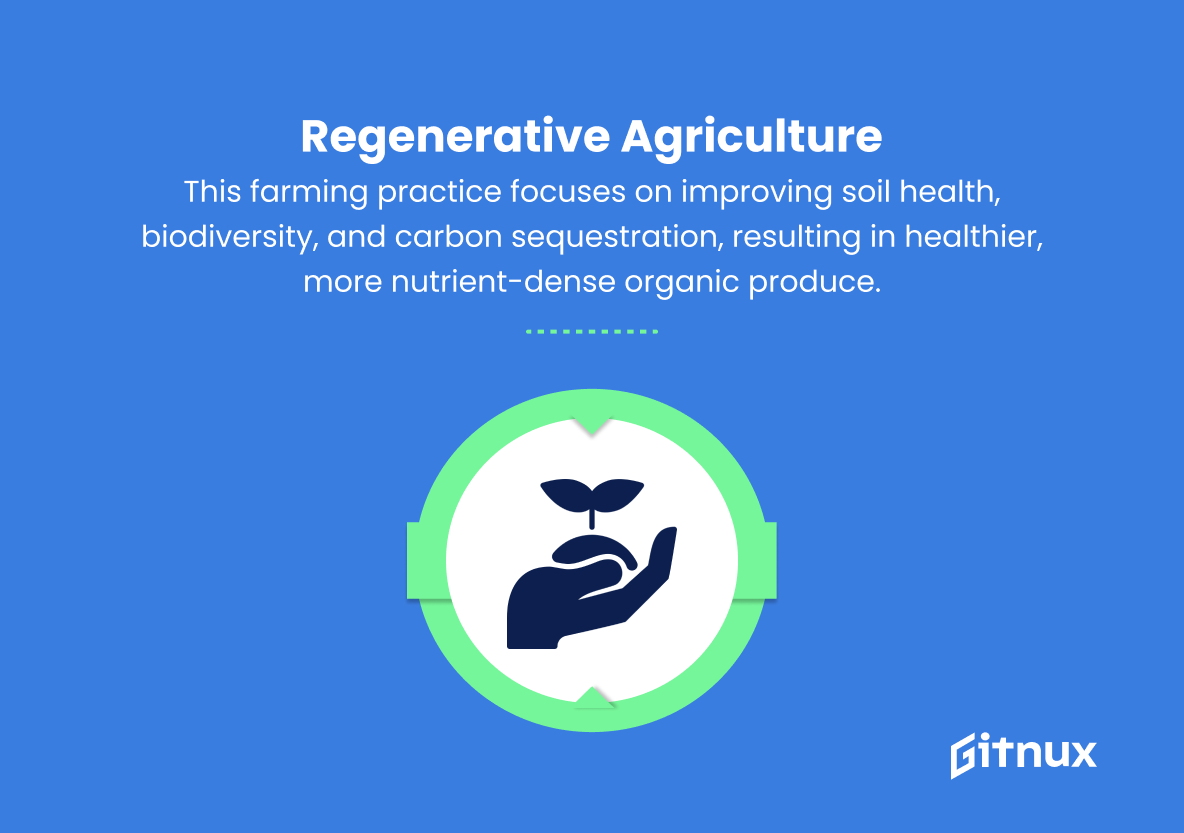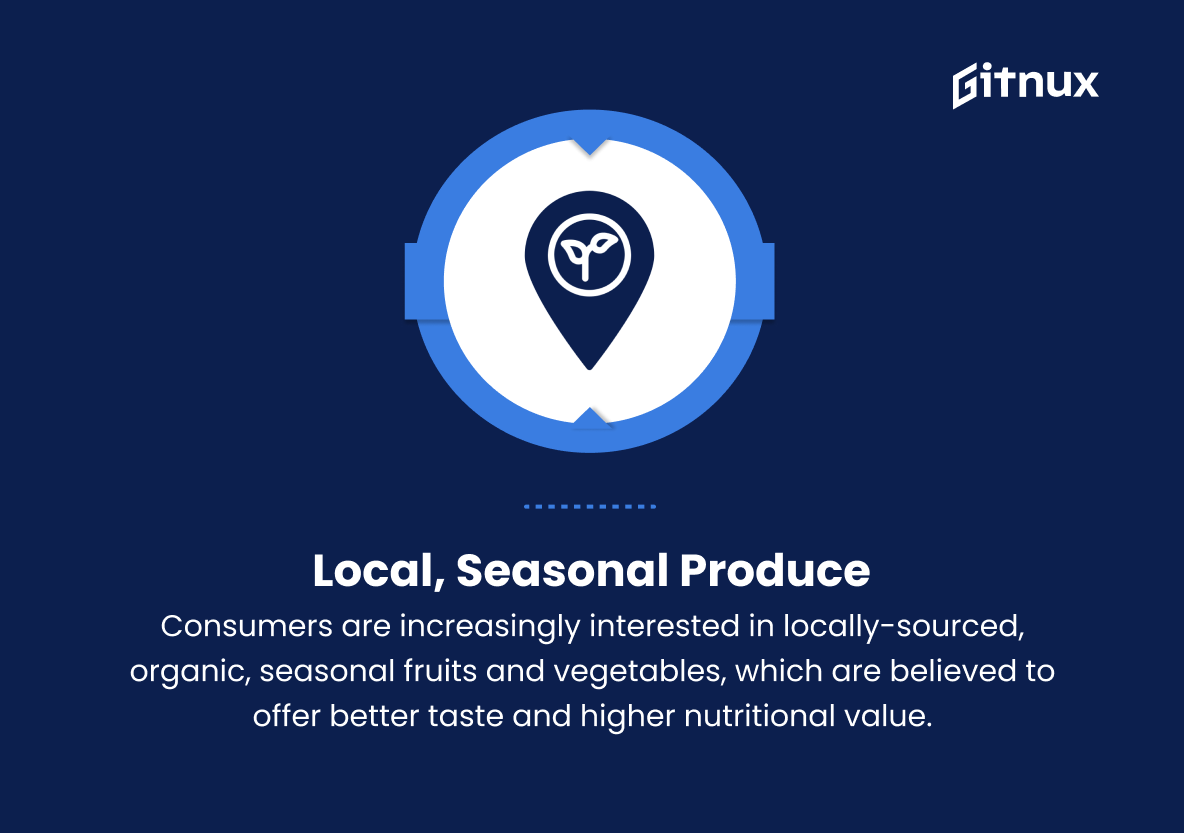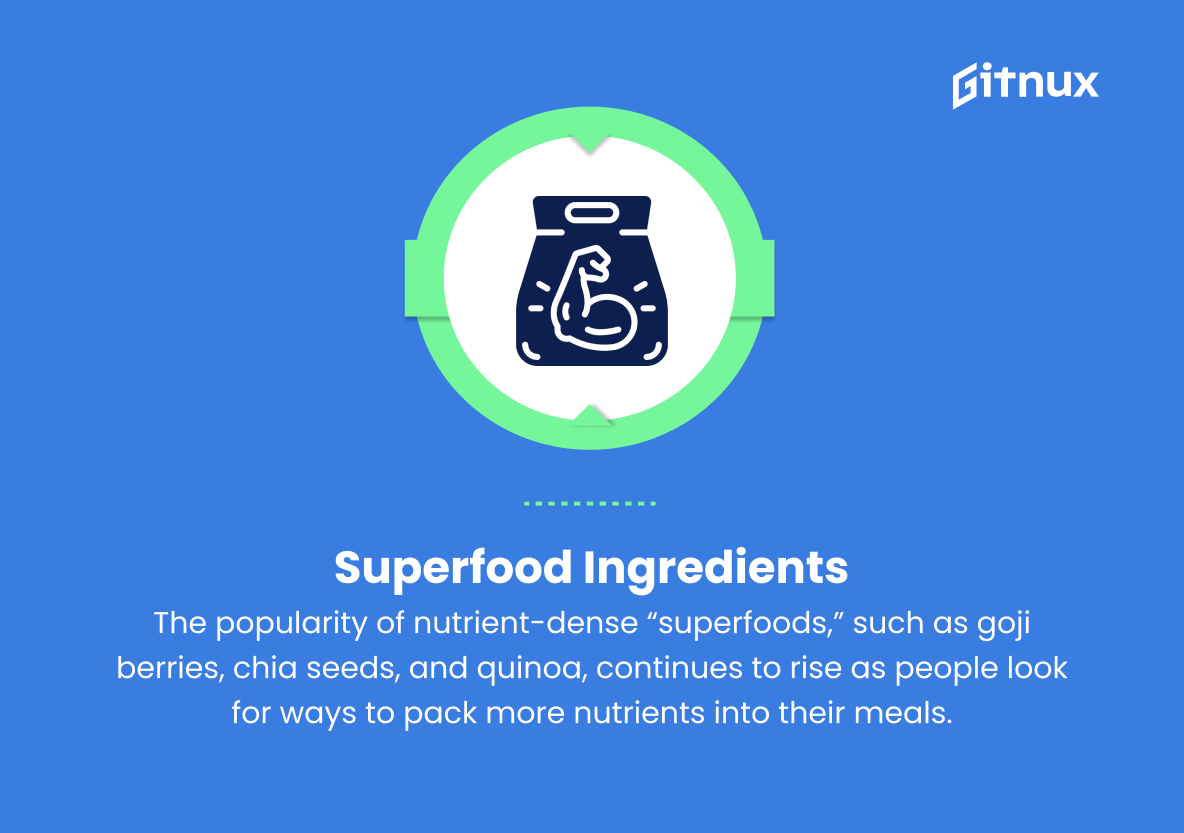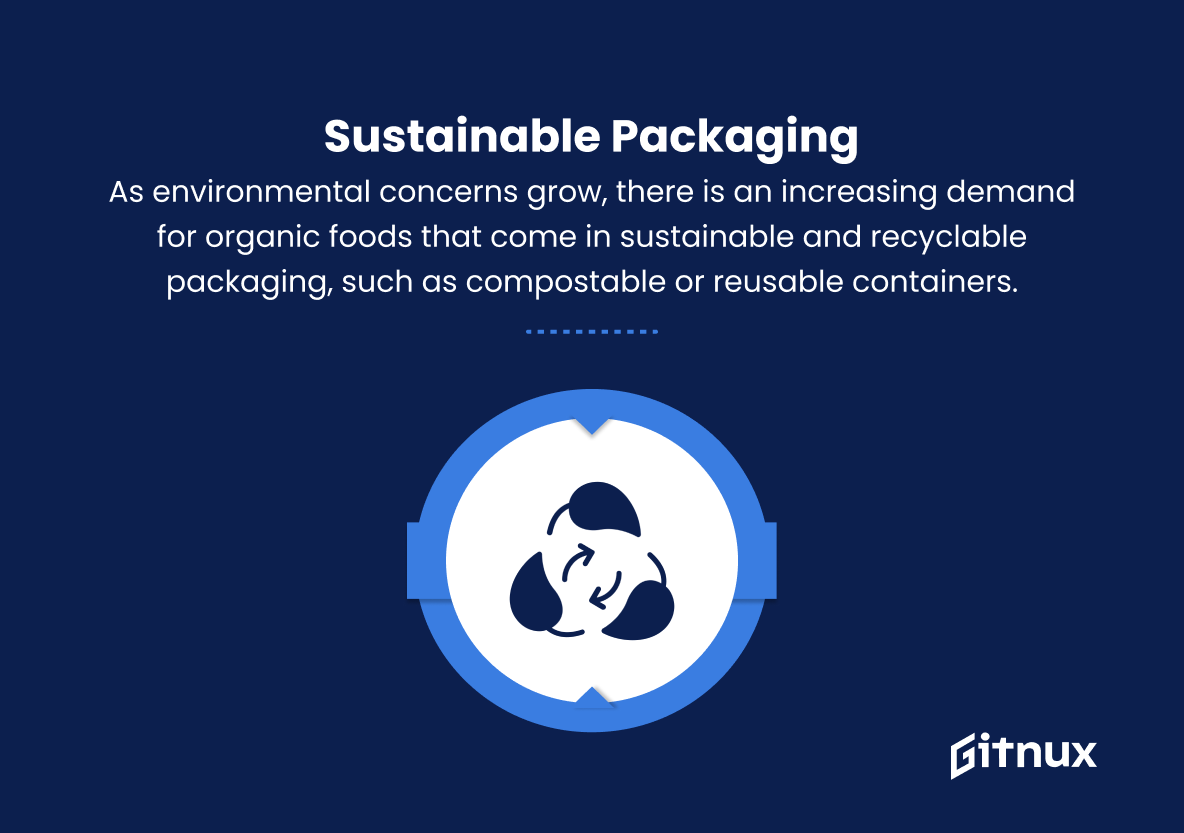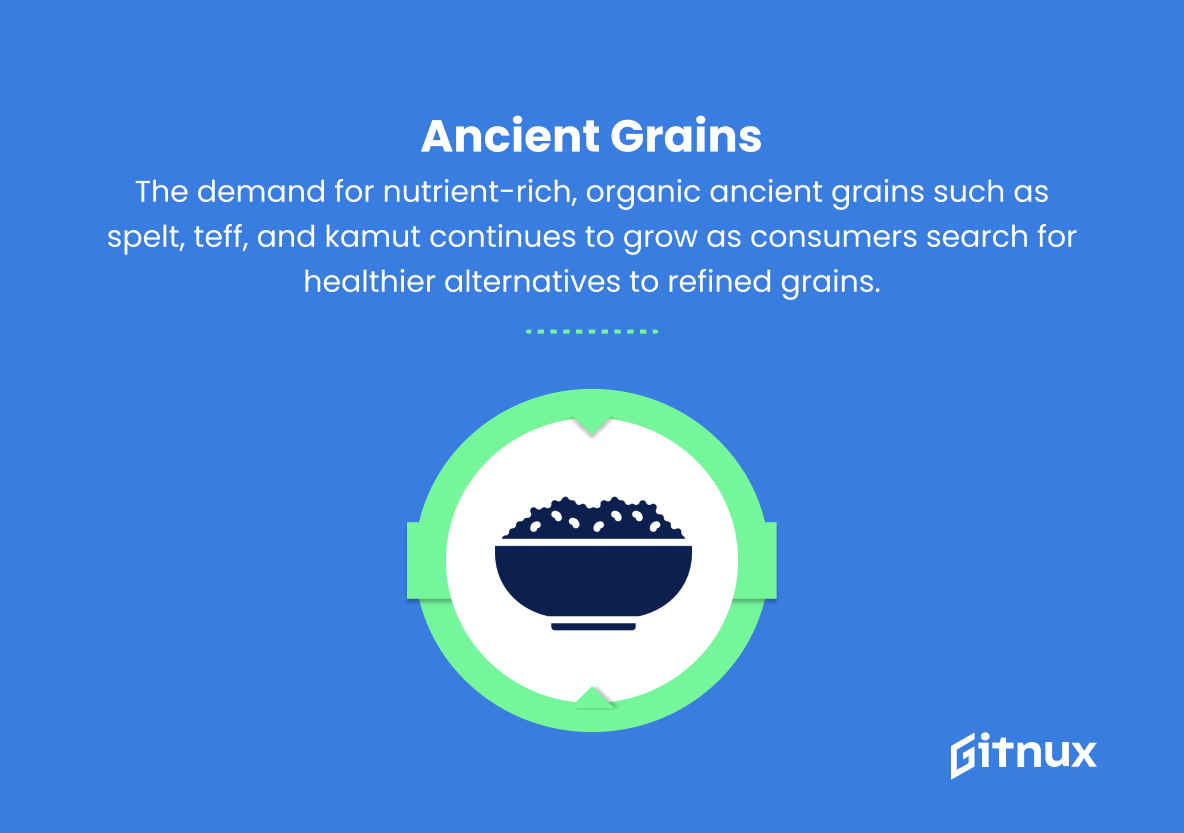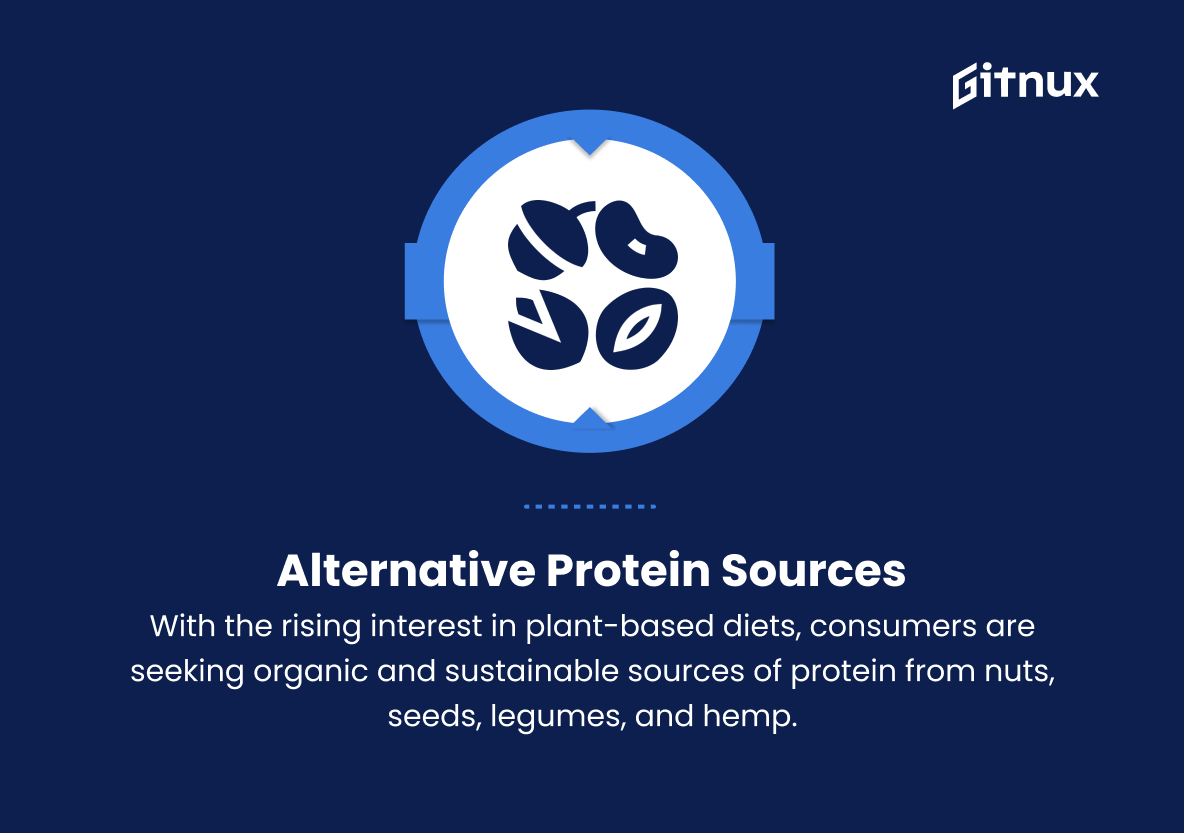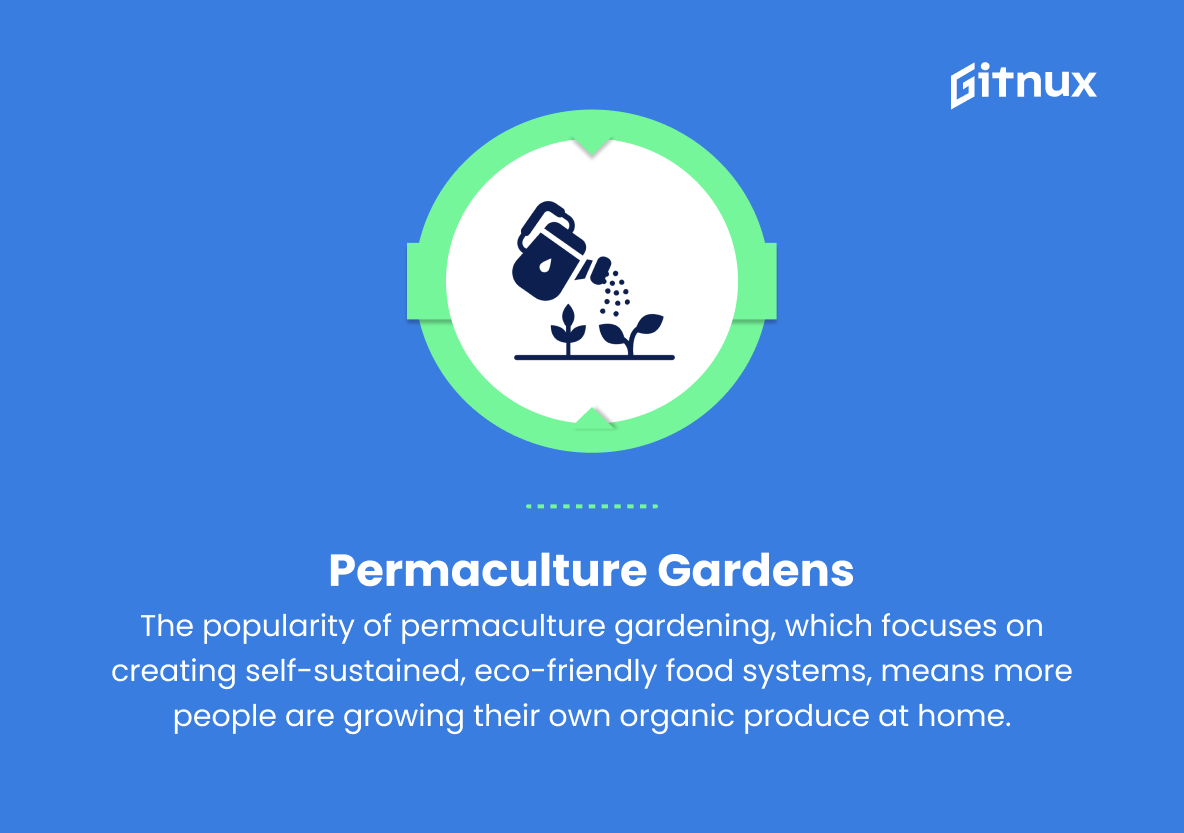In recent years, the drive for healthier lifestyles has led to a surge in the popularity and demand for organic food products.
With concerns about sustainability, climate change, and overall well-being at the forefront of our society, more and more consumers are turning to organic options in an effort to make more responsible, health-conscious choices.
This burgeoning interest in organic foods has ignited a myriad of trends and innovations as organic products make their way into mainstream markets.
In this blog post, we will delve into the latest organic food trends, taking a closer look at what is shaping the industry, as well as what these developments mean for consumers, producers, and the planet at large. Join us as we explore the fascinating and ever-evolving world of organic food.
Top Organic Food Trends
1. Plant-based diets
With the increasing popularity of vegetarianism and veganism, more and more people are opting for plant-based diets. This trend includes a focus on whole, unprocessed, organic fruits, vegetables, grains, nuts, and seeds.
2. Fermented foods
Foods like sauerkraut, kimchi, kefir, and kombucha are increasing in popularity due to their probiotic content and potential health benefits.
3. Non-dairy milk alternatives
Almond milk, oat milk, and other non-dairy milk alternatives continue to be popular as more people become concerned about the environmental impact of traditional dairy farming.
4. Edible insects
Eating insects like crickets, mealworms, and beetles is expected to become more popular as people seek sustainable sources of protein.
5. Seaweed and algae-based foods
As the demand for ocean-friendly food sources increases, seaweed and algae-based products are seen as sustainable options, providing high amounts of essential nutrients.
6. Regenerative agriculture
This farming practice focuses on improving soil health, biodiversity, and carbon sequestration, resulting in healthier, more nutrient-dense organic produce.
7. Local, seasonal produce
Consumers are increasingly interested in locally-sourced, organic, seasonal fruits and vegetables, which are believed to offer better taste and higher nutritional value.
8. Personalized nutrition
Consumers are seeking tailored organic food options based on their specific dietary needs, taste preferences, and allergies or intolerances.
9. Superfood ingredients
The popularity of nutrient-dense “superfoods,” such as goji berries, chia seeds, and quinoa, continues to rise as people look for ways to pack more nutrients into their meals.
10. Sustainable packaging
As environmental concerns grow, there is an increasing demand for organic foods that come in sustainable and recyclable packaging, such as compostable or reusable containers.
11. Ugly produce
Consumers are becoming more open to purchasing “ugly” fruits and vegetables, which reduces food waste and provides more organic options at lower prices.
12. Ancient grains
The demand for nutrient-rich, organic ancient grains such as spelt, teff, and kamut continues to grow as consumers search for healthier alternatives to refined grains.
13. Alternative protein sources
With the rising interest in plant-based diets, consumers are seeking organic and sustainable sources of protein from nuts, seeds, legumes, and hemp.
14. Medicinal mushrooms:
The usage of organic, medicinal mushrooms, such as reishi, chaga, and turkey tail, is becoming more popular for their potential health benefits and immune-boosting properties.
15. Permaculture gardens
The popularity of permaculture gardening, which focuses on creating self-sustained, eco-friendly food systems, means more people are growing their own organic produce at home.
Implications
The growing trends within the organic food industry highlight the increasing demand for sustainable, health-conscious, and environmentally friendly alternatives in food consumption.
These trends, such as plant-based diets, fermented foods, non-dairy milk alternatives, and edible insects, signify a shift towards more eco-friendly and nutrient-dense food choices.
Consumers are also showing greater interest in locally-sourced, seasonal produce and ancient grains, which offer higher nutritional value and encourage supporting local farms.
Personalized nutrition and the incorporation of superfoods into meals represent a push towards meeting individual dietary needs, while the emphasis on sustainable packaging, ugly produce, and permaculture gardens addresses environmental imperatives such as waste reduction and self-sustainability.
Additionally, the focus on regenerative agriculture, seaweed and algae-based food, and alternative protein sources emphasize the need for more sustainable farming practices and a diversified food system that considers the planet’s well-being.
These trends in organic food not only have implications for individual health, but also signal a shift towards a more responsible and sustainable future.
Conclusion
In summary, the organic food trend is not just a passing fad. As more people become aware of the numerous health, environmental, and social benefits provided by these natural alternatives, the demand for organic products is set to increase exponentially.
As a result, the organic food industry is projected to expand rapidly in the years to come.
Although barriers such as high prices and limited accessibility still challenge widespread adoption, ongoing efforts to make organic food more affordable and readily available will help open the door for more consumers to make the switch.
Ultimately, embracing organic options can pave the way for a healthier, more sustainable food system and a more vibrant world.
